The Drill is the close cousin of the similar mandrill. The two species share the taxonomic genus Mandrillus. These monkeys have short tails and broad bodies, giving them a baboon-like appearance. You can only find this species in a small region of eastern Africa. Read on to learn about the animal.
Description of the Drill
If you know what a mandrill looks like, simply remove the brightly colored face on the male and you have a Drill. This species is quite similar to its close cousin in both coloration and body shape. It has tan or greyish fur on its body, and dark skin on its face.
These primates grow about 2 ft. long and weigh anywhere between 24 lbs. and 55 lbs. on average. Males of this species outweigh the females significantly. In fact, it is common for males to outweigh females by twice their weight.
Interesting Facts About the Drill
This primate species is quite an interesting animal. Learn more about what makes this rare species unique below.
- Bright-Colored Behind – This species possesses a rather – ahem – unique posterior. The skin on their hind-ends is bright red in color, and many males also have blue or purple genitals as well. Females do not have quite the same level of brightness on their behinds as males.
- Colorful Males Get Plentiful Gals – A male with a bright colored behind is usually also sporting a harem of females. Larger, stronger males have brighter colors than juveniles and smaller males. The female’s coloration increases when she is ready to breed.
- Farming Conflict – Sadly, humans often hunt these monkeys for food or shoot them for eating crops. This activity, along with habitat destruction, has caused the IUCN to list them as Endangered.
Habitat of the Drill
This creature inhabits a variety of forested habitats. You can find it primarily in mature and undisturbed rainforest. Much of their habitat lies in close proximity to the coast, or along the edges of rivers and streams. This species rarely leaves the cover of dense forest.
Distribution of the Drill
You can find Drills in just a tiny region of eastern Africa. Their range extends from the southeast point of Nigeria into northwest Cameroon. Throughout their range, this species is difficult to find and study because their populations are small.
Diet of the Drill
These primates are omnivores, which means that they eat both plants and animals. However, the carnivorous side of their diet consists primarily of insects and other invertebrates. Termites make up a large portion of the invertebrates that they feed on. They also eat many different fruits, leaves, berries, and nuts.
Drill and Human Interaction
Sadly, humans and Drills do not interact in a positive manner very frequently. People hunt these monkeys as bushmeat, and also kill them for eating their crops. This activity, combined with the destruction of their forest habitat, threatens the survival of the species as a whole. The IUCN currently lists this primate as Endangered.
Domestication
Humans have not domesticated this, or any, primate.
Does the Drill Make a Good Pet
No, this species definitely doesn’t make a good pet. Even though they typically stick to termites, they are more than capable of injuring a person if threatened. Additionally, with their declining populations, every individual is important for the survival of the species.
Drill Care
In zoos, this species’ care is similar to that of other primates. Their enclosures are large enough for groups to exercise, play, and socialize comfortably. Zoos provide them with a variety of trees, logs, branches, ropes, and other climbing opportunities.
Zoo veterinarians closely monitor each animal and change their diet based on the individual. They feed a high-fiber biscuit made for primates, as well as a variety of fruits, vegetables, and insects.
Behavior of the Drill
Like most primates, these creatures are quite social and usually live in groups. The size of these groups varies. Some contain a single male and a few females with their young. Others contain hundreds of individuals at a time. Members of the group play and groom one another to bond.
Reproduction of the Drill
Researchers have very little information about the wild breeding behaviors of this species. However, individuals in zoos help us study their reproductive rates. We know that a single male usually breeds with, and protects, a harem of females.
The gestation period lasts about 5.5 months, and most births result in a single offspring, known as an infant. Infants remain with their mother’s group at least until they reach sexual maturity at 3 or 4 years of age.

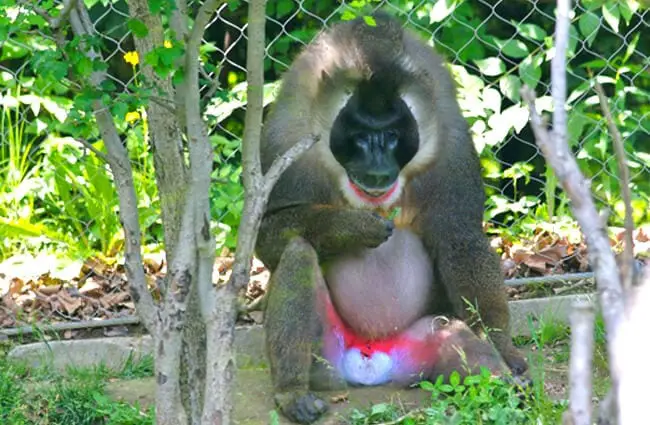

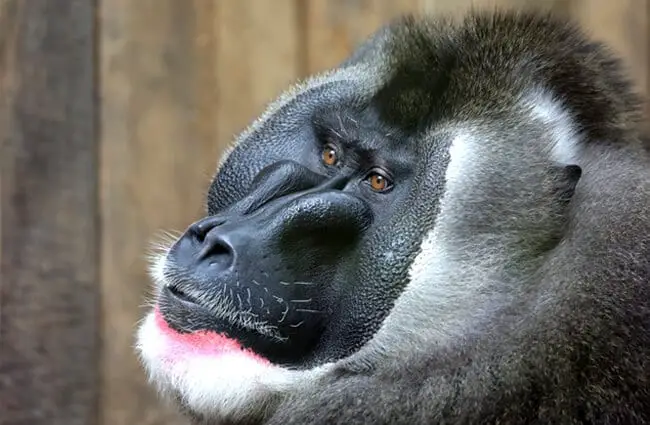
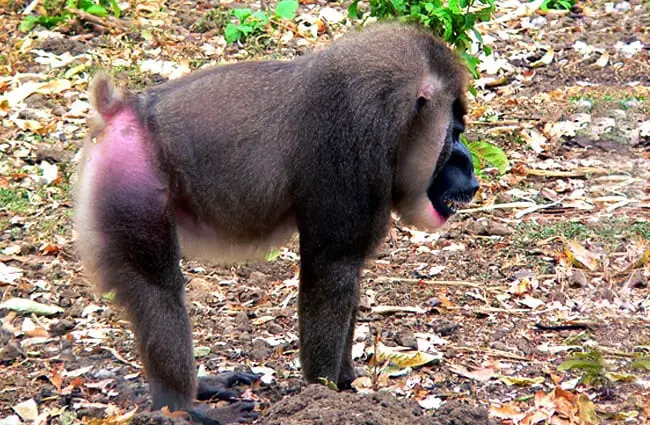
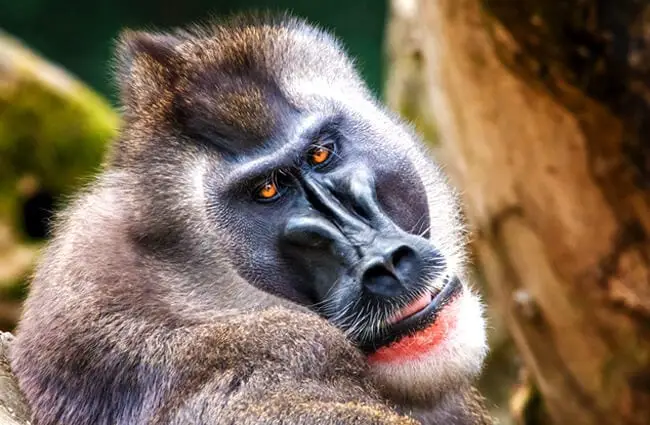
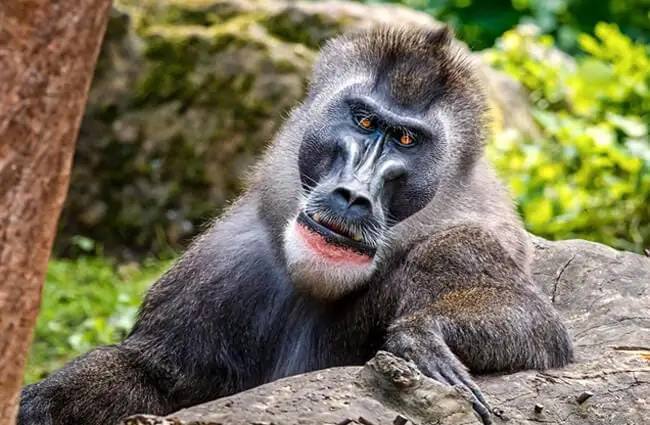



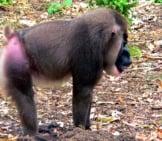


![Red Angus Closeup of a beautiful Red Angus cowPhoto by: U.S. Department of Agriculture [pubic domain]https://creativecommons.org/licenses/by/2.0/](https://animals.net/wp-content/uploads/2020/03/Red-Angus-4-238x178.jpg)












![Red Angus Closeup of a beautiful Red Angus cowPhoto by: U.S. Department of Agriculture [pubic domain]https://creativecommons.org/licenses/by/2.0/](https://animals.net/wp-content/uploads/2020/03/Red-Angus-4-100x75.jpg)

